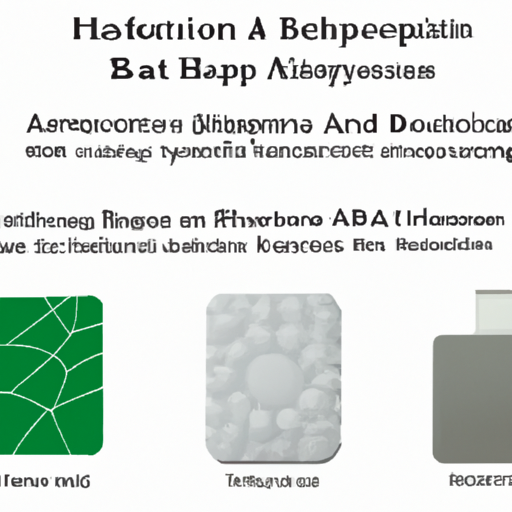Application Development in Non-Rechargeable (Primary) Batteries for BH3AASF: Key Technologies and Success Stories
Developing applications for non-rechargeable (primary) batteries, such as the BH3AASF, requires a comprehensive understanding of the underlying technologies, market demands, and successful implementations. Below is an overview of the key technologies and notable success stories in this domain.
Key Technologies
| 1. Battery Chemistry | |
| 2. Battery Management Systems (BMS) | |
| 3. Smart Battery Technology | |
| 4. Miniaturization and Form Factor Innovations | |
| 5. Environmental Considerations | |
| 1. Medical Devices | |
| 2. Consumer Electronics | |
| 3. IoT Devices | |
| 4. Aerospace and Defense | |
| 5. Emergency and Safety Equipment | |
Success Stories
Conclusion

The development of applications for non-rechargeable batteries like the BH3AASF hinges on advancements in battery chemistry, management systems, and smart technologies. The success stories across diverse sectors—including medical devices, consumer electronics, IoT, aerospace, and emergency equipment—underscore the versatility and reliability of primary batteries. As technology continues to evolve, a focus on sustainability and performance will drive further innovations in this field, ensuring that non-rechargeable batteries remain a vital component in various applications.
Application Development in Non-Rechargeable (Primary) Batteries for BH3AASF: Key Technologies and Success Stories
Developing applications for non-rechargeable (primary) batteries, such as the BH3AASF, requires a comprehensive understanding of the underlying technologies, market demands, and successful implementations. Below is an overview of the key technologies and notable success stories in this domain.
Key Technologies
| 1. Battery Chemistry | |
| 2. Battery Management Systems (BMS) | |
| 3. Smart Battery Technology | |
| 4. Miniaturization and Form Factor Innovations | |
| 5. Environmental Considerations | |
| 1. Medical Devices | |
| 2. Consumer Electronics | |
| 3. IoT Devices | |
| 4. Aerospace and Defense | |
| 5. Emergency and Safety Equipment | |
Success Stories
Conclusion

The development of applications for non-rechargeable batteries like the BH3AASF hinges on advancements in battery chemistry, management systems, and smart technologies. The success stories across diverse sectors—including medical devices, consumer electronics, IoT, aerospace, and emergency equipment—underscore the versatility and reliability of primary batteries. As technology continues to evolve, a focus on sustainability and performance will drive further innovations in this field, ensuring that non-rechargeable batteries remain a vital component in various applications.













